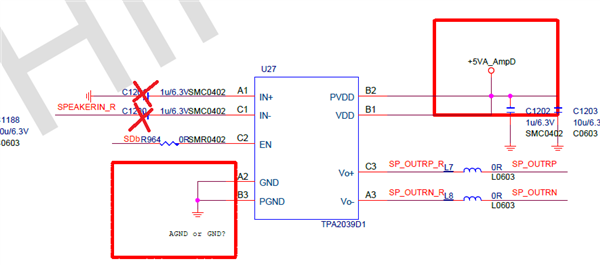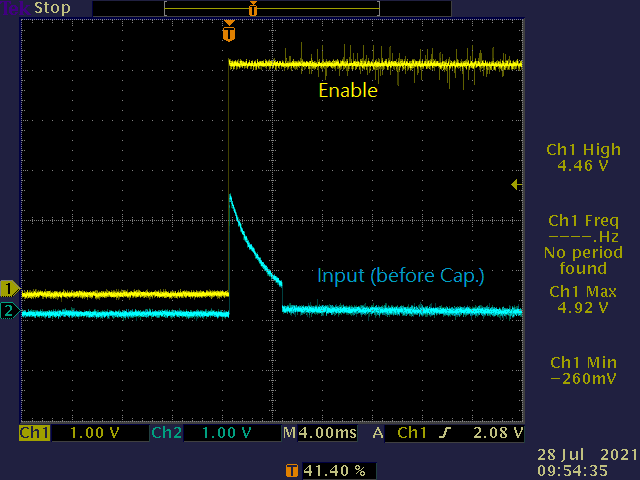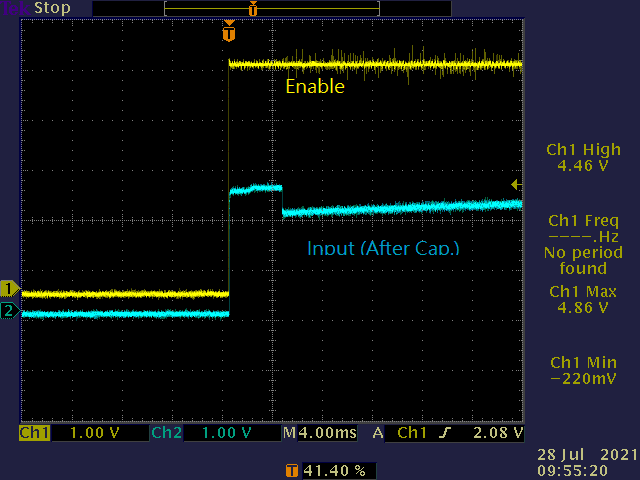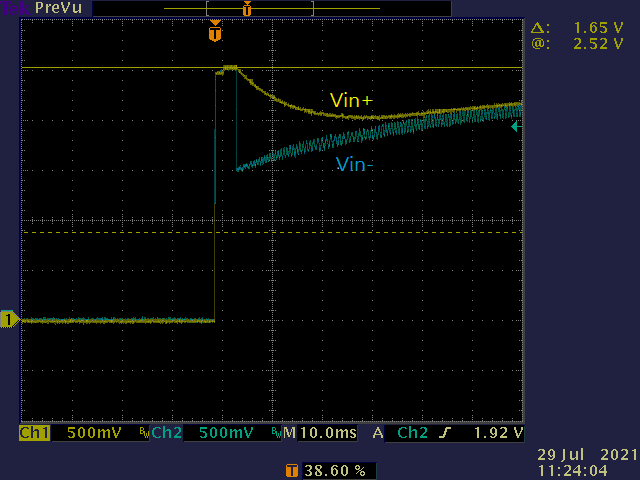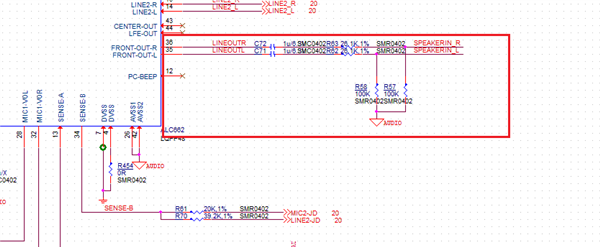Hi,
My customer have used TPA2039D1 but meet noise issue,
they found change input power source can implement noise to lower, but still found some noise.
Is there have any input noise rejection design can reference?
And about GND(A2 pin) and PGND(B3 pin), need to spread two different GND path or just connect it together to main GND?
Thanks!



